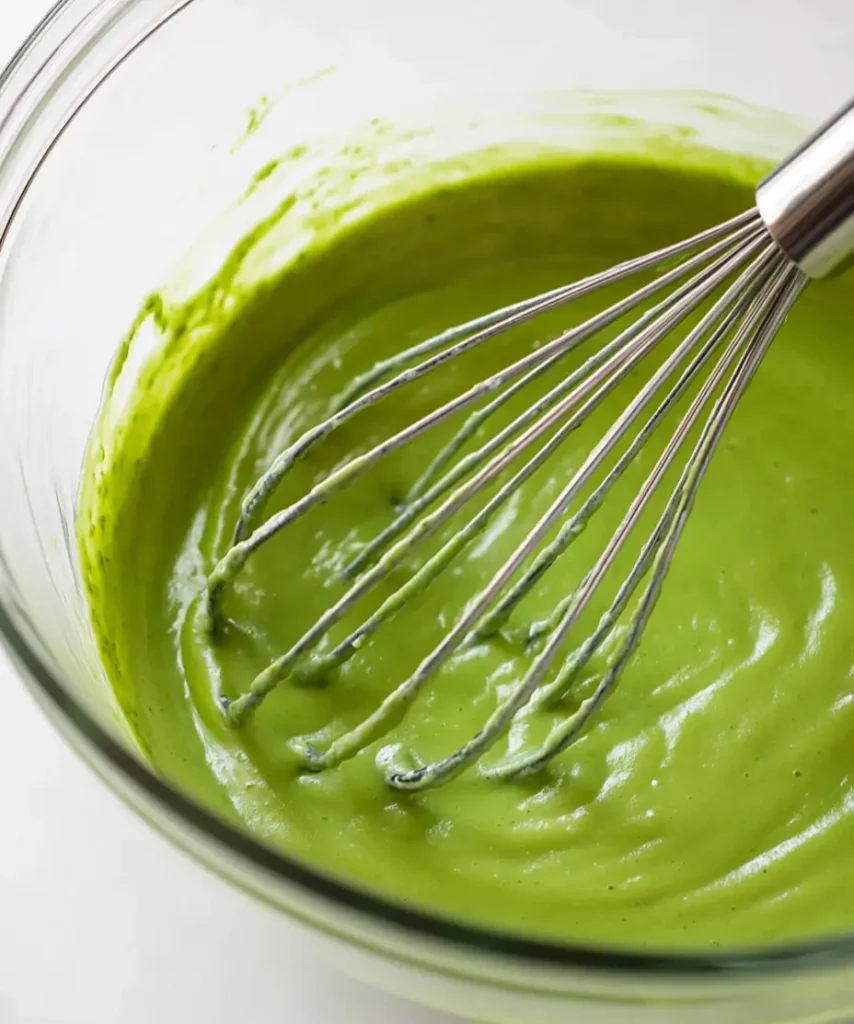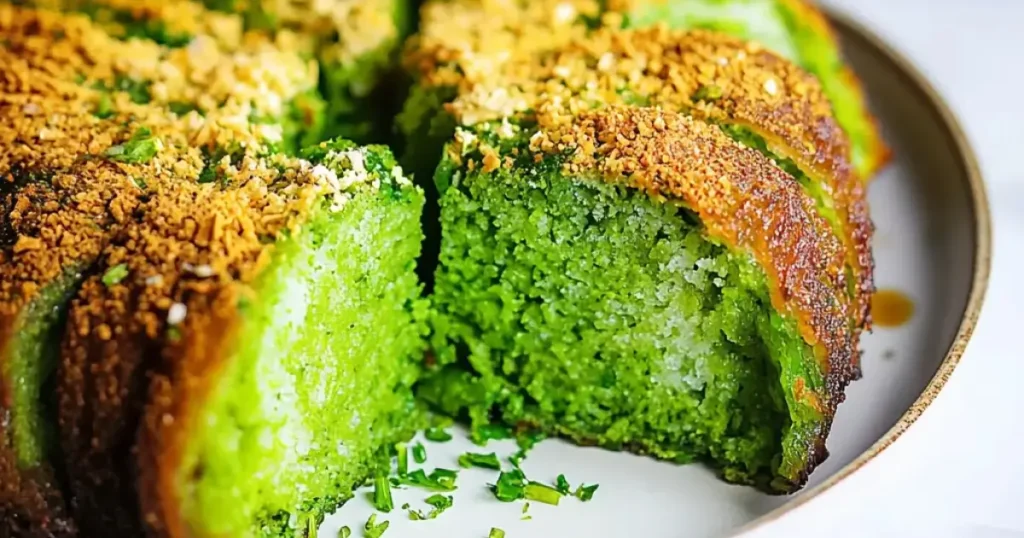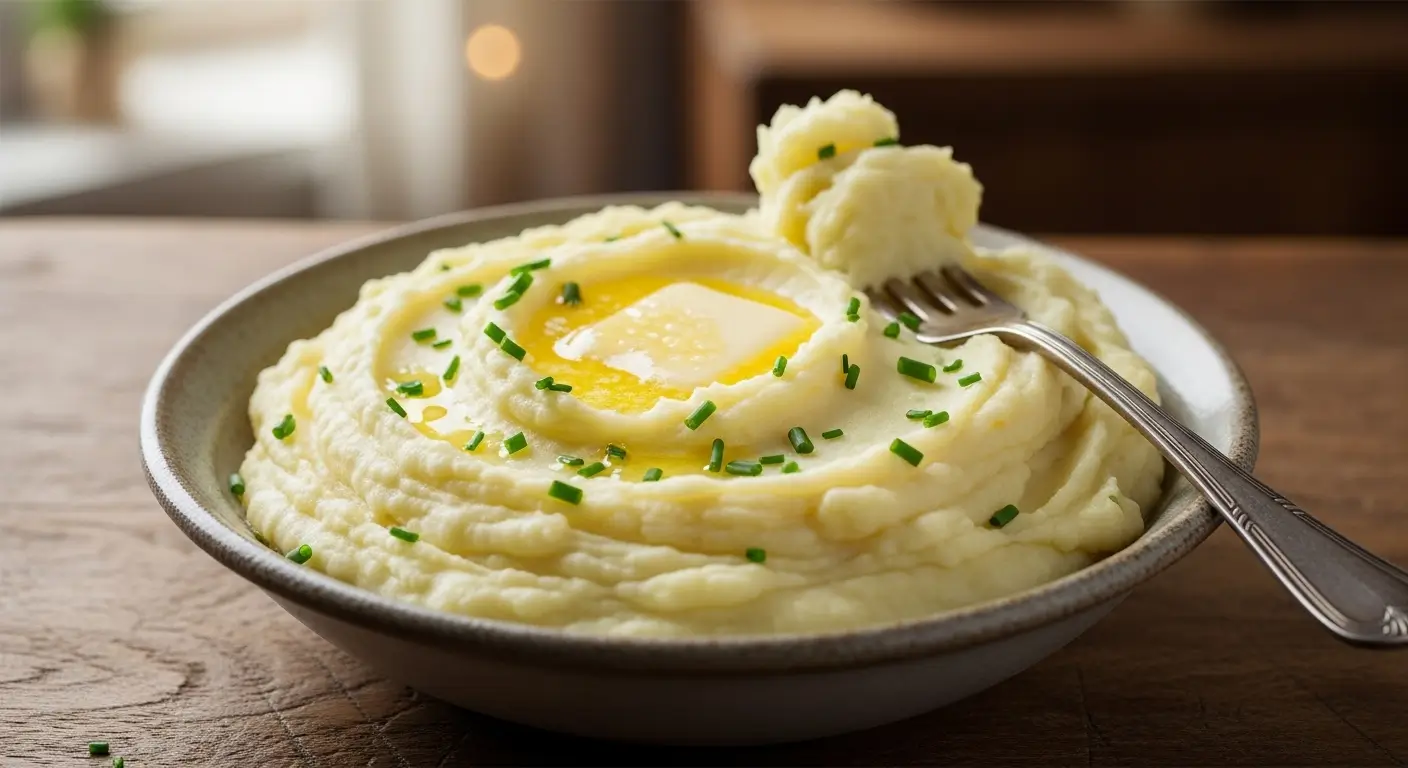If you’ve never had Banh Bo Nuong, let me just say—you’re seriously missing out. This Vietnamese honeycomb cake isn’t just a dessert; it’s like a piece of magic on a plate. Picture this: a golden, slightly caramelized crust giving way to a soft, springy, and chewy interior with a texture so unique it’s literally named after it. That’s right—“bo nuong” translates to “honeycomb,” thanks to its airy, lattice-like structure inside.
Now, I’ll be honest, the first time I made this cake, I messed up. Like, the texture was off, and it didn’t puff up the way I wanted. But stick with me here, because I figured out the secrets—and I’m sharing them all with you.
What Is Banh Bo Nuong?
First things first, Banh Bo Nuong is a Vietnamese dessert traditionally made with a mix of rice flour, tapioca starch, coconut milk, sugar, and baking powder. The star ingredient, though, is pandan extract. It gives the cake its signature green hue and a fragrant, almost vanilla-like flavor. Some folks skip the pandan, but honestly, it’s what makes the cake feel legit.
What really sets this cake apart, though, is its texture. The honeycomb-like pattern inside isn’t just for show—it’s the result of a precise balance of ingredients, timing, and baking technique. Get it right, and you’ll have a cake that’s spongy and slightly chewy, with just the right level of sweetness.
Ingredients You’ll Need
Let’s break this down. You might already have some of these in your pantry, but a quick run to your local Asian grocery store will sort the rest.
- Rice Flour: This is the base of the cake, giving it that tender texture.
- Tapioca Starch: Adds chewiness—don’t skip it!
- Sugar: Obviously, we need sweetness. Granulated sugar works fine here.
- Coconut Milk: For richness. Full-fat is best because, let’s be real, this isn’t the time to go light.
- Pandan Extract: This gives the cake its iconic flavor and color.
- Eggs: You’ll need a few of these for structure and rise.
- Baking Powder: Helps create those honeycomb pockets inside.
- Vanilla Extract (Optional): If you want a little extra aroma.
How to Make Banh Bo Nuong (Step-by-Step)

Alright, let’s get down to business. Here’s how you make this beauty:
1. Preheat and Prep
Start by preheating your oven to 350°F (175°C). Grease a round or bundt pan generously, then line the bottom with parchment paper. Trust me, you don’t want this cake sticking to the pan.
2. Mix the Dry Ingredients
In a bowl, combine the rice flour, tapioca starch, and baking powder. Give it a quick whisk to break up any lumps.
3. Whisk the Wet Ingredients
In a separate bowl, beat the eggs with the sugar until the mixture is pale and slightly frothy. Add the coconut milk and pandan extract, then mix well. If you’re using vanilla extract, toss it in here too.
4. Combine Everything
Gradually add the dry ingredients to the wet mixture. Stir gently but thoroughly—you want it smooth, without overmixing.
5. Rest the Batter
Here’s where patience comes in. Let the batter rest for about 30 minutes. This step helps the starches do their thing, giving the cake its stretchy, honeycomb texture.
6. Bake
Pour the batter into your prepared pan. Bake for about 40-50 minutes, or until the top is golden and a toothpick inserted into the center comes out clean.
7. Cool and Serve
Let the cake cool in the pan for about 10 minutes before transferring it to a wire rack. Slice it up and marvel at those honeycomb patterns inside!
Tips for Perfect Banh Bo Nuong
Let’s be real—this cake can be a little tricky. Here are some tips I’ve learned the hard way:
- Don’t Overmix: Overworking the batter can mess with the texture. Gentle stirring is key.
- Room Temperature Ingredients: Make sure your eggs and coconut milk aren’t straight out of the fridge.
- Check Your Oven Temp: An accurate oven temperature is crucial. Too hot, and the cake won’t rise properly.
- Pandan Alternatives: If you can’t find pandan extract, a mix of vanilla and almond extract works in a pinch, but the flavor won’t be the same.
Why Americans Love Banh Bo Nuong
Honestly, this cake is a crowd-pleaser for anyone with a sweet tooth. It’s naturally gluten-free (yay for all my GF friends), and the coconut-pandan combo feels tropical and indulgent. Plus, it’s different enough to wow your friends at potlucks or dinner parties, but not so weird that they’ll hesitate to try it.
FAQ: Your Banh Bo Nuong Questions Answered
1. Why didn’t my cake rise?
This could be a couple of things. Make sure your baking powder is fresh and that you’re not overmixing the batter. Also, check your oven temperature—it might be too low.
2. Can I make this without pandan?
You can, but the flavor won’t be the same. If you’re skipping pandan, add a little extra vanilla and maybe some almond extract for flavor.
3. How do I store leftovers?
Wrap the cake tightly in plastic wrap and store it at room temperature for up to 2 days. For longer storage, keep it in the fridge and warm it up before serving.
4. Can I freeze Banh Bo Nuong?
Yes! Slice it into portions, wrap them individually, and freeze for up to 3 months. Thaw at room temperature and warm it slightly before eating.
5. What’s the best pan to use?
A bundt pan works great for even baking, but a round or square pan is fine too. Just make sure it’s well-greased.
Final Thoughts
Banh Bo Nuong is one of those desserts that’s as fun to make as it is to eat. It’s got that perfect balance of sweet, chewy, and fragrant that just hits the spot. Whether you’re trying it for the first time or perfecting your technique, this cake is guaranteed to impress.
So, grab your ingredients, crank up some music, and give this recipe a shot. You won’t regret it—unless you forget to grease your pan, of course. 😉 Happy baking!


